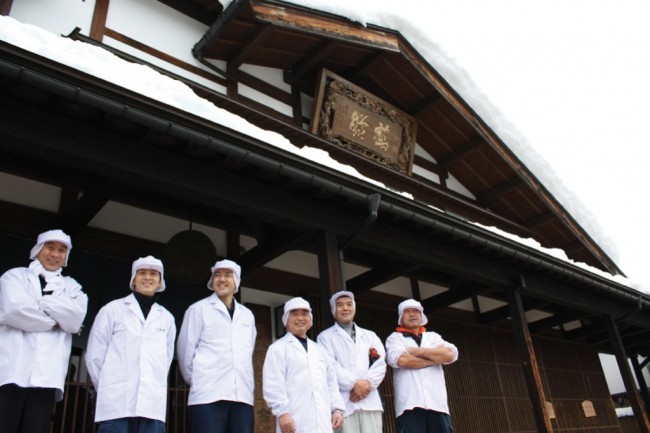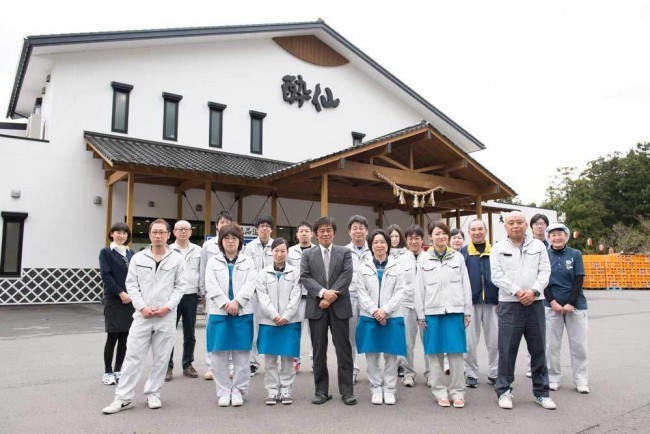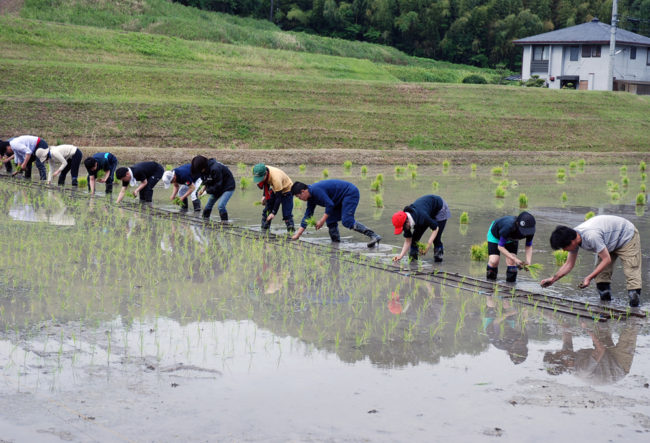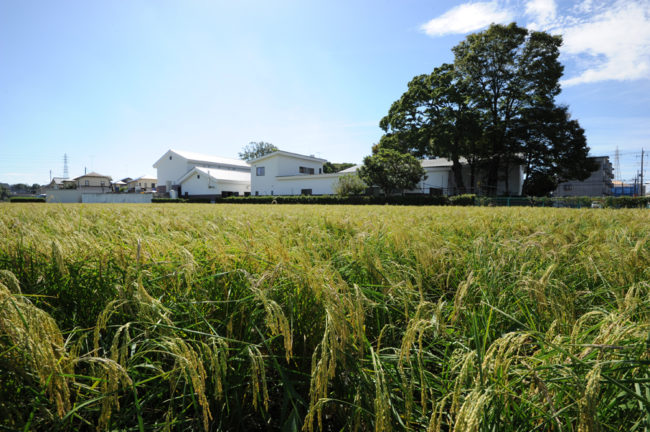Issue 6: From the Editor
Welcome to Issue 6 of Sake Today! Thanks to your support, we have crossed yet another threshold. It’s been a year since we first made the decision to go quarterly and offer subscriptions, and our first wave of subscribers have already renewed with this issue. Please be sure to continue the support with a subscription…




